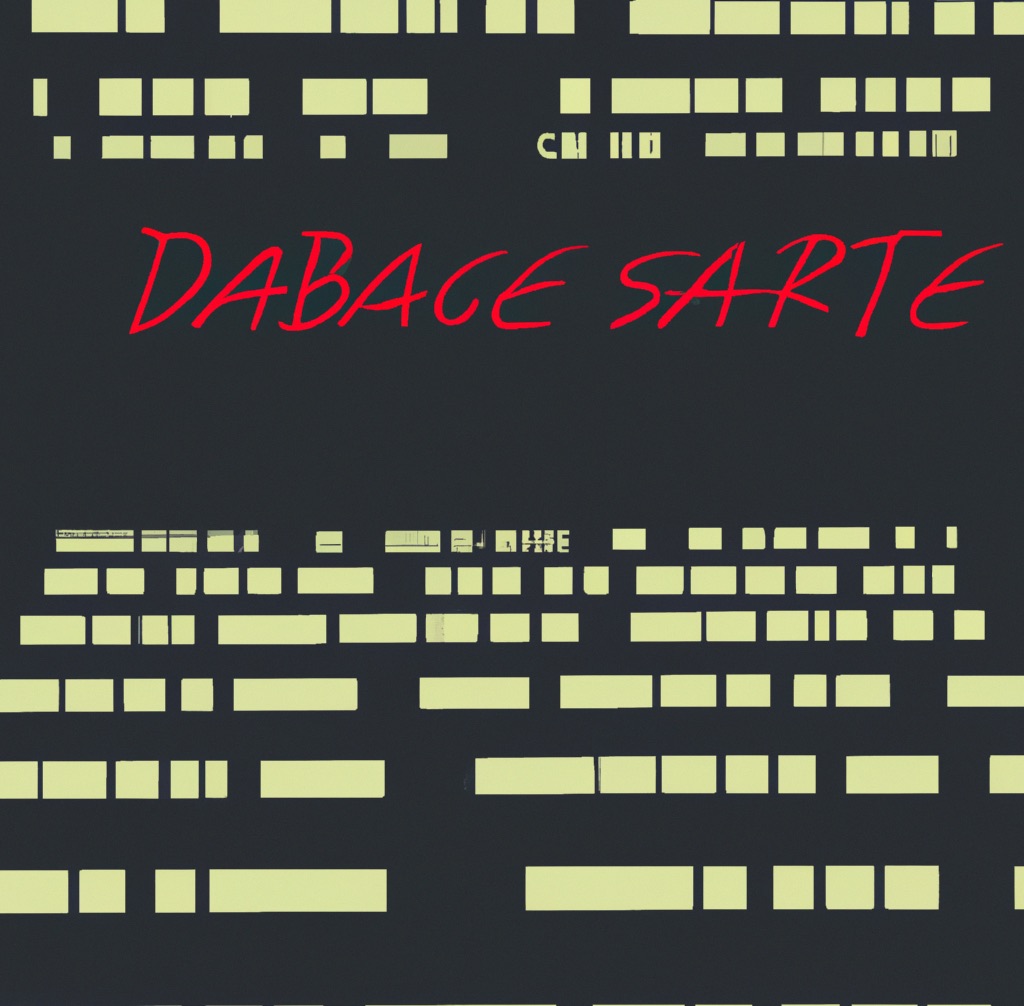A data warehouse and a data lake are both used for storing and managing large amounts of data, but they have some key differences:
- Purpose: A data warehouse is designed to support business intelligence and analytics, while a data lake is intended to store and process raw, unstructured data.
- Data Structure: Data in a data warehouse is typically organized and structured, while data in a data lake is stored in its raw, original format.
- Data Modeling: Data in a data warehouse is typically modeled and optimized for specific types of queries and reporting, while data in a data lake is stored in its raw format, without being transformed or modeled.
- Data Governance: Data warehousing often includes robust data governance, data quality, data integration and data security features, while data lakes may not have such robust data governance features.
- Access: Data warehouses are often accessed by business analysts and data scientists using SQL or other query languages, while data lakes are often accessed by data engineers and data scientists using big data processing tools like Hadoop and Spark.
Overall, data warehouse is designed for structured and summarized data, and it is more suitable for reporting, analytical and business intelligence use case. While data lake is more suitable for storing and processing large volume of raw and unstructured data, often used for data science, big data, and machine learning projects.
